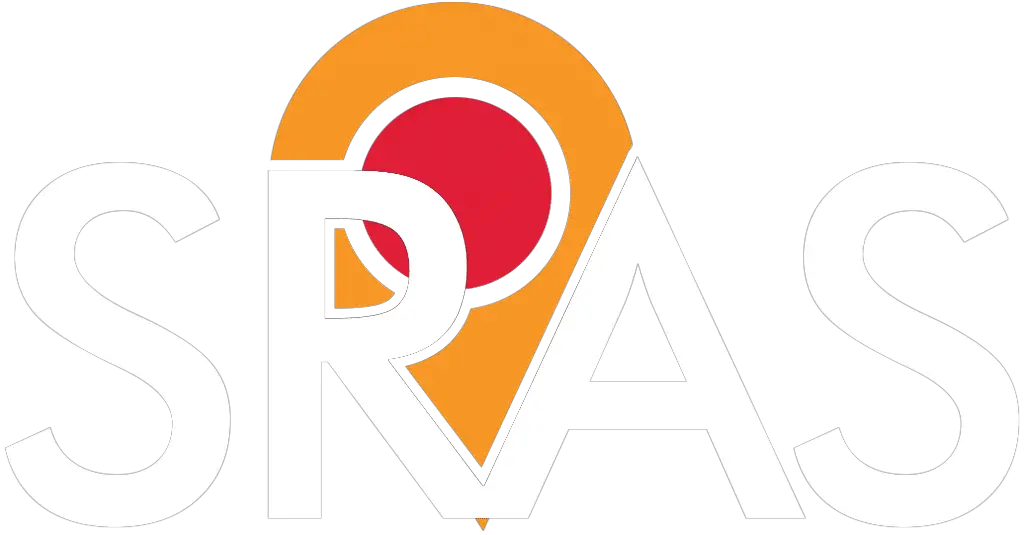Part of the  Family of Sites
Family of Sites
In recent years, gym and fitness options have proliferated across Eurasia. Travelers interested in maintaining their fitness regimen while abroad – whether they are visiting Latvia, Georgia, or even Kyrgyzstan, should have no problem doing so. It does help to know a bit about these gyms and it pays to know some of the Russian […]
Lagman is a dish that is very common in Central Asia, China, and many Middle Eastern countries. It can also be found in Russia and the Caucasus and is a popular dish among the Crimean Tatars. The basic recipe, which combines noodles with meat, has hundreds of variations. In Uzbekistan, the dish tends be a […]
The Kyrgyz capital of Bishkek today features mosques scattered throughout its streets. Amazingly, nearly all of these mosques were constructed after the Kyrgyz Republic declared independence in 1991. The city was constructed mostly by Tsarist Russia and the USSR, neither of which encouraged the construction of mosques. The construction boom in Bishkek is testament to […]
Russia has famously cold winters. Russians, and the many other cultures that live across the Eurasian landmass (such as the Evenk and Sakha), have culturally adapted to this in order to survive there. This has affected traditional clothing and housing, but also cultural attitudes toward the weather. These attitudes are, in turn, often reflected in […]
Olga below continues her discussion of the deeply held place that mushrooms have in Russian culture. In part one of this discussion, she focused on how and where and find the mushrooms. In part two, below, she discusses how the mushrooms are preserved, prepared, and consumed. A staple of the regional diet for centuries, mushrooms […]
Olga below discusses the deeply held national tradition of mushroom gathering. An important part of Russian food tradition for many centuries, Russian children are taught in school from an early age to tell the difference between various types of native mushrooms. Many, like Olga, will go with relatives and friends to the woods to put […]
As part of her major program in international relations at Moscow State University, Olga applied to study abroad in the United States in 2007. As was not uncommon for students applying for study abroad in either direction, Olga hit several bureaucratic snags. What is perhaps most remarkable about the below text, however, is the description […]
Potato pancakes dominate coffee shop menus in Riga, Latvia—and for good reason! Meticulously prepared using grated potatoes, eggs, and flour, these pancakes are crisped to a brilliant golden hue, reaching a level of perfection that rivals the shining sun itself. The mouthwatering allure of this delightful dish is recognized worldwide. Following their inception in Eastern […]
Below, Olga discusses what a first year freshman experiences on day one of their college education. The day offers no classes. It is instead filled with speeches, handshakes, and status symbols. All of this is highly indicative of the role of formality and ceremony in Russian education and Russian society. This resource is part of […]
In this entry, Olga completes her account (begun in part one of this blog entry), of passing finals week to complete her first year as an undergraduate at Moscow State University. After having missed several classes due to a serious hospitalization, Olga finds that achieving her goals for good grades is particularly challenging. In the […]
After an eventful year starting her new major and facing down a serious hospitalization, Olga faces perhaps the still most stressful part of any semester: passing finals week. For most degree courses in Russia, it is not possible to pass the class without passing the final. Because degree programs are so rigidly structured, trying to […]
Although she passed her entrance medical checkups at the start of the semester, Olga still developed a serious illness that affected her ability to attend classes and participate in her internship with SRAS. With a diagnosis of stomach ulcers, Olga was hospitalized for two weeks. In the following text, Olga details her experience of falling […]